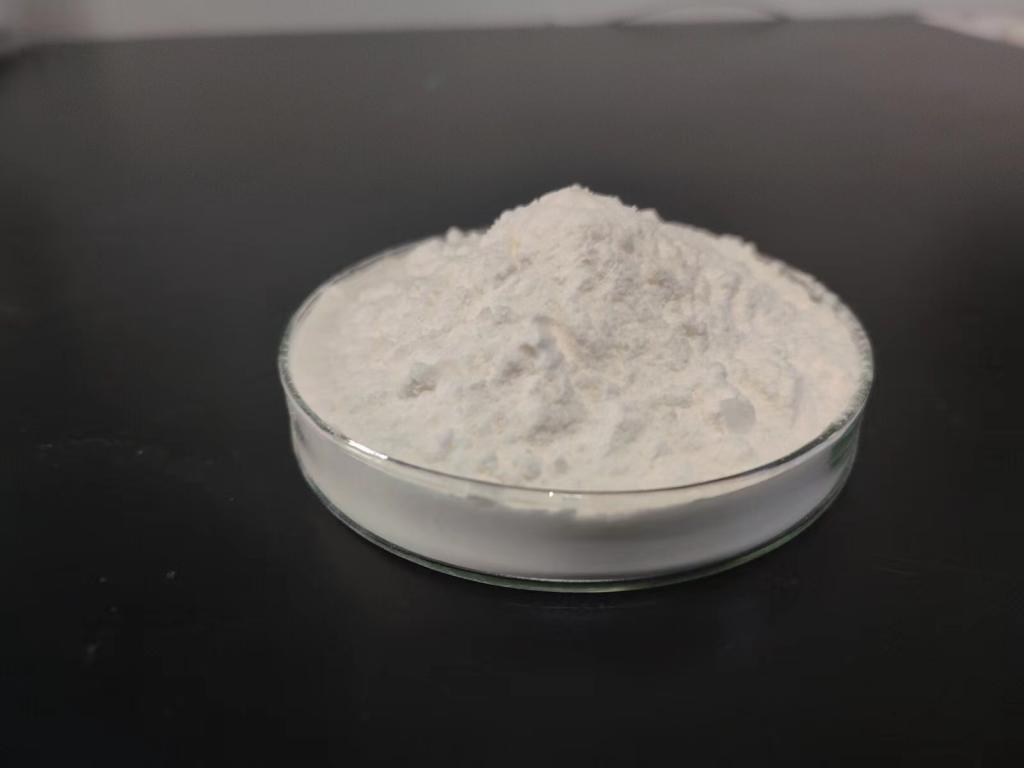Tel:0086 18231198596

News
Sustainable Alternatives in Aquaculture: ε-Polylysine Hydrochloride for Healthy Seafood
TIME:2024-02-23
The Challenges in Aquaculture
1. Disease Outbreaks
Aquaculture operations are susceptible to disease outbreaks that can lead to significant economic losses. Controlling the spread of diseases among aquatic organisms is a primary concern for the industry.
2. Environmental Impact
Traditional aquaculture practices, if not managed properly, can have adverse effects on the environment. Issues such as habitat degradation, pollution, and excessive use of chemicals raise concerns about the sustainability of current aquaculture methods.
3. Antibiotic Resistance
The use of antibiotics in aquaculture to prevent and treat diseases contributes to the global issue of antibiotic resistance. This poses a threat to both aquatic and human health and necessitates the exploration of sustainable alternatives.
ε-Polylysine Hydrochloride: A Sustainable Antimicrobial
1. Nature and Production
ε-Polylysine is a natural antimicrobial peptide produced by fermentation using Streptomyces albulus. The hydrochloride form of ε-Polylysine is water-soluble and has broad-spectrum antimicrobial properties, making it suitable for various applications, including aquaculture.
2. Mechanism of Action
ε-Polylysine hydrochloride acts by disrupting the cell membranes of bacteria and other microorganisms, preventing their growth and reproduction. This targeted mechanism reduces the risk of developing resistance compared to traditional antibiotics.
Applications of ε-Polylysine Hydrochloride in Aquaculture
1. Disease Prevention
ε-Polylysine hydrochloride can be used in aquaculture to prevent and control bacterial and fungal diseases. Its effectiveness against a wide range of pathogens contributes to a healthier aquatic environment.
2. Water Quality Management
Maintaining water quality is crucial for the well-being of aquatic organisms. ε-Polylysine hydrochloride aids in controlling the microbial load in aquaculture systems, preventing the deterioration of water quality.
3. Sustainable Practices
As a natural and biodegradable antimicrobial, ε-Polylysine hydrochloride aligns with the principles of sustainable aquaculture. Its use reduces the environmental impact associated with the accumulation of antibiotics in water bodies.
Benefits of ε-Polylysine Hydrochloride in Aquaculture
1. Reduced Antibiotic Use
By providing an effective alternative to antibiotics, ε-Polylysine hydrochloride helps in reducing the reliance on these pharmaceuticals. This, in turn, mitigates the development of antibiotic-resistant strains of bacteria in aquaculture settings.
2. Enhanced Disease Resistance
The incorporation of ε-Polylysine hydrochloride in aquaculture practices strengthens the immune response of aquatic organisms, making them more resistant to common pathogens. This results in lower disease incidence and improved overall health.
3. Improved Survival Rates
Reducing the prevalence of diseases through the use of ε-Polylysine hydrochloride contributes to higher survival rates among farmed fish and shellfish. This is essential for the economic viability of aquaculture operations.
Case Studies: Successful Implementation of ε-Polylysine Hydrochloride
1. Shrimp Farming in Asia
In shrimp farming, particularly in Asia where disease outbreaks have historically impacted production, the use of ε-Polylysine hydrochloride has demonstrated positive results. Farms incorporating this natural antimicrobial have reported improved shrimp health and increased yields.
2. Salmon Aquaculture in Norway
Norway, a major player in salmon aquaculture, has explored sustainable alternatives to antibiotic use. Salmon farms incorporating ε-Polylysine hydrochloride have experienced reduced mortality rates and improved fish welfare, contributing to the industry's sustainability goals.
Challenges and Considerations
1. Cost-effectiveness
While ε-Polylysine hydrochloride offers numerous benefits, considerations about its cost-effectiveness compared to traditional antibiotics must be addressed. Advances in production methods and increased adoption could contribute to cost reductions.
2. Regulatory Approval
Ensuring regulatory approval for the use of ε-Polylysine hydrochloride in different aquaculture settings is essential. Collaborative efforts between researchers, industry stakeholders, and regulatory bodies can facilitate the establishment of guidelines.
3. Consumer Perception
Consumer awareness and perception of ε-Polylysine hydrochloride in aquaculture products may influence market acceptance. Transparent labeling and education about the natural origin and benefits of ε-Polylysine hydrochloride can address consumer concerns.
Future Directions and Research Needs
1. Further Efficacy Studies
Continued research on the efficacy of ε-Polylysine hydrochloride against specific pathogens in different aquaculture environments is crucial. This information will guide optimal dosage recommendations and application methods.
2. Comparative Studies
Comparative studies evaluating the performance of ε-Polylysine hydrochloride in comparison to traditional antibiotics can provide valuable insights into its effectiveness and economic viability.
3. Environmental Impact Assessment
Assessing the environmental impact of ε-Polylysine hydrochloride in aquaculture systems, including its degradation and potential effects on non-target organisms, is essential for ensuring its sustainability.
Conclusion
ε-Polylysine hydrochloride presents a sustainable alternative in aquaculture, addressing key challenges such as disease outbreaks, environmental impact, and antibiotic resistance. As the industry strives for more eco-friendly and effective solutions, the adoption of ε-Polylysine hydrochloride contributes to the promotion of healthy seafood production. Collaborative efforts between researchers, industry players, and regulatory bodies are necessary to facilitate its widespread adoption and ensure a sustainable future for aquaculture. By embracing natural antimicrobials like ε-Polylysine hydrochloride, the aquaculture industry takes a significant step towards achieving a balance between meeting global seafood demand and preserving the health of aquatic ecosystems.

 CONTACT
CONTACT




